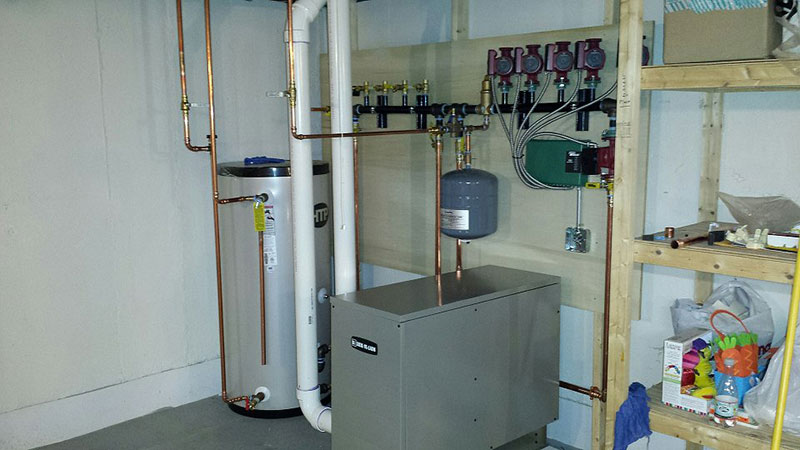* Free with purchase of services
Heating

Heating
Joseph Giannone Plumbing & Heating has been serving the greater Philadelphia area for more than 36 years. Our service experts are trained to repair & install all types of heating systems. Whether it be for your home or commercial business heating system, no job is too small or large.
There is a variety of heating options to chose from and Joseph Giannone Plumbing & Heating can help you make the right decision.
Types of Heating Systems
Central Heat
Furnaces
The majority of North American households depend on a central furnace to provide heat. A furnace works by blowing heated air through ducts that deliver the warm air to rooms throughout the house via air registers or grills. This type of heating system is called a ducted warm-air or forced warm-air distribution system. It can be powered by electricity, natural gas, or fuel oil.
Inside a gas- or oil-fired furnace, the fuel is mixed with air and burned. The flames heat a metal heat exchanger where the heat is transferred to air. Air is pushed through the heat exchanger by the “air handler’s” furnace fan and then forced through the ductwork downstream of the heat exchanger. At the furnace, combustion products are vented out of the building through a flue pipe. Older “atmospheric” furnaces vented directly to the atmosphere, and wasted about 30% of the fuel energy just to keep the exhaust hot enough to safely rise through the chimney. Current minimum-efficiency furnaces reduce this waste substantially by using an “inducer” fan to pull the exhaust gases through the heat exchanger and induce draft in the chimney. “Condensing” furnaces are designed to reclaim much of this escaping heat by cooling exhaust gases well below 140°F, where water vapor in the exhaust condenses into water. This is the primary feature of a high-efficiency furnace (or boiler). These typically vent through a sidewall with a plastic pip

